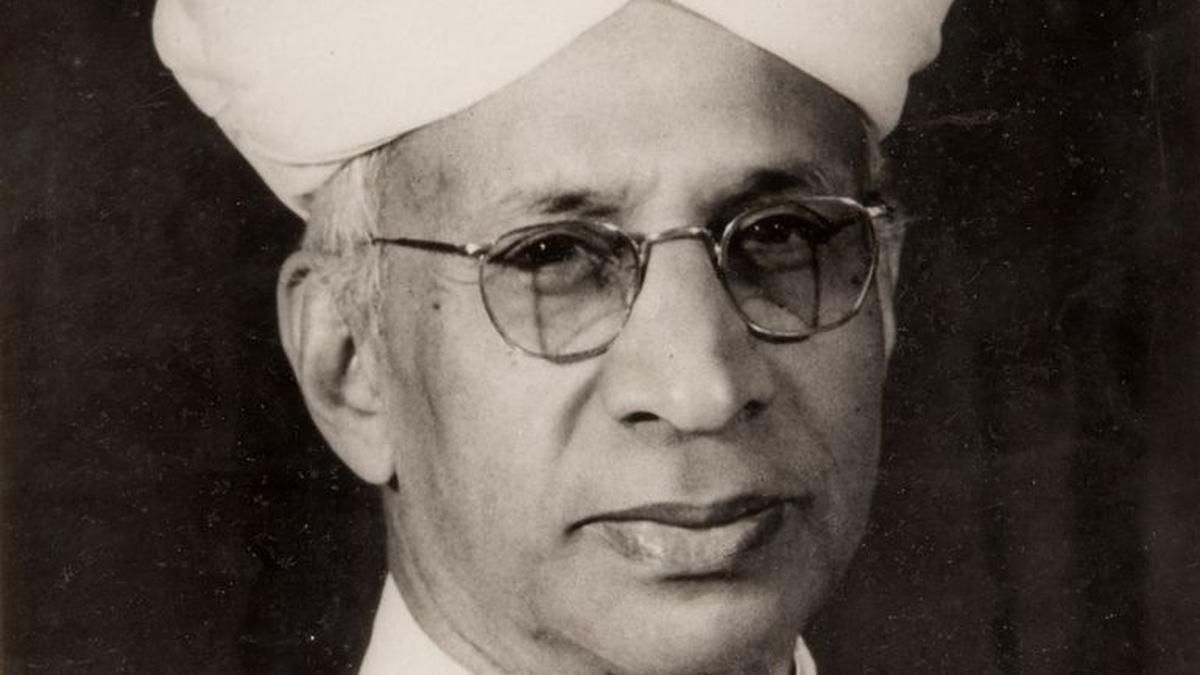ARTICLE AD BOX
Last Updated:August 07, 2025, 08:01 IST
Rising temperatures, altered rainfall/snow patterns, glacier retreat, and permafrost thaw are intensifying disasters in the Himalayas

An excavator being used to clear debris from a road following flash floods triggered by a cloudburst, near Harsil in Uttarkashi district, Uttarakhand. (File pic/PTI)
As scientists investigate the cause of the sudden deluge in Kheer Ganga, they unanimously point to a clear trend—rising temperatures in higher altitudes, driven by global warming, are making extreme weather events in the Himalayas more frequent and severe—turning them into a dangerous “new normal".
The flash floods hit Dharali village at an altitude of 2,745 metres on Tuesday afternoon despite minimal but relentless rainfall over Uttarkashi, both in the days preceding the disaster and on the day itself, and have prompted experts to explore various possibilities—whether it was caused by a cloudburst in the upper reaches or a glacial lake outburst flood (GLOF). A cloudburst occurs when over 100 mm of rain falls within an hour in a small area. A GLOF happens when a high-altitude glacial lake is breached, often due to heavy rains, sending torrents of water downstream, triggering disastrous floods. Glacial lakes are forming rapidly with vast sheets of glaciers melting, accumulating the meltwater, but not all are actively monitored.
“It is hard to say definitely whether it was a cloudburst, an ice-rock avalanche, or a breached glacial lake in the upper valley," said Dr Farooq Azam, senior glacio-hydrologist currently at the International Centre for Integrated Mountain Development (ICIMOD). “But what we do know with certainty is that temperatures are rising due to global warming, altering the historical rainfall and snowfall patterns, especially in the Himalayan landscape, which is extremely vulnerable."
Scientists point to past incidents, such as in September 2018, when over 100 people were stranded in the Lahaul valley after unusually heavy rainfall—a time of the year when such downpours are rare. In neighbouring Himachal Pradesh, a cold desert region like Lahaul-Spiti is witnessing more cloudbursts, including in the rain-scarce Pin Valley. Short bursts of heavy rains are on the rise. “This is the clear message—a series of disasters unfolding across the Himalayas with increasing frequency and intensity. Yet we fail to learn from these disasters and continue to build recklessly and without proper planning," added Dr Azam.
Temperatures are rising faster than ever before
As temperatures rise, glaciers are retreating rapidly, and studies show that over a thousand such glacial lakes have formed in the Uttarakhand Himalayas, with many expanding. But another growing concern is permafrost thawing, which can release trapped water and weaken mountain slopes, increasing the risk of floods and landslides. Permafrost is ground that remains frozen for years. As it thaws due to rising temperatures, melting ice creates loose soil and runoff, triggering slope instability and flash floods. Experts link both the 2023 Sikkim GLOF and the 2021 Chamoli disaster to such permafrost-related triggers, including ice avalanches and glacial lake collapses.
“The climate crisis is no longer a future threat, and it is intensifying extreme weather events. The fragile Himalayan ecosystem, already under immense pressure, is starting to give way. Temperatures in higher altitudes are rising faster than in the plains. In Uttarakhand, the mountain rocks have been weathered, and repeated freezing and thawing due to extreme temperature fluctuations is weakening them further, making the terrain more unstable," said Dr Kalachand Sain, former director, Wadia Institute of Himalayan Geology, Dehradun.
Future projections by Indian researchers published in the journal Atmosphere in 2022 showed further increases in maximum as well as minimum temperatures in Uttarakhand, with increased frequency of the monsoon’s extreme rainfall events. The impact is projected to be more pronounced in the northern districts of Uttarkashi, Bageshwar, Chamoli, Rudraprayag, and Pithoragarh. The risk assessment done by the Hyderabad-based National Remote Sensing Centre also ranked Rudraprayag and Tehri Garhwal in Uttarakhand as the most landslide-prone districts in India.
Are we engineering our own disasters?
“A hazard becomes a disaster due to poor planning—settlements are repeatedly built in vulnerable zones, without proper environmental impact assessments or hazard maps. Dharali sits on the alluvial soil from past floods. Yet, the same mistakes keep happening. Even in Kedarnath, too, more settlements have come up," said Anand Sharma, senior meteorologist, known for predicting the heavy rain spell leading up to the 2013 Kedarnath disaster.
Clearly, what was once seen as a freak occurrence is now alarmingly frequent. Yet, rampant construction, deforestation, and unchecked tourism continue to destabilise slopes, weaken riverbanks.
“The devastating loss in Uttarkashi must be our final wake-up call. With global warming supercharging the monsoons with short bursts of extreme rainfall, our own policies of cutting hills, unscientific, unsustainable, and reckless construction, and choking rivers for so-called “development" are destroying our natural defences. Are we not engineering our own disasters? How long can we continue with reactive apologies after each preventable tragedy? We demand an immediate moratorium on all large-scale construction in these fragile Himalayan zones," said climate activist Harjeet Singh, founding director, Satat Sampada Climate Foundation.

Srishti Choudhary, Senior Assistant Editor at CNN-News18 specializes in science, environment, and climate change reporting. With over a decade of extensive field experience, she has brought incisive ground repo...Read More
Srishti Choudhary, Senior Assistant Editor at CNN-News18 specializes in science, environment, and climate change reporting. With over a decade of extensive field experience, she has brought incisive ground repo...
Read More
- Location :
- First Published:
August 07, 2025, 08:00 IST
News india Uttarkashi Is A Wake-Up Call: Experts Warn Climate Crisis Is Making Disasters Alarmingly Frequent
Disclaimer: Comments reflect users’ views, not News18’s. Please keep discussions respectful and constructive. Abusive, defamatory, or illegal comments will be removed. News18 may disable any comment at its discretion. By posting, you agree to our Terms of Use and Privacy Policy.
Read More



.png)
.png)
.png)
















 2 hours ago
3
2 hours ago
3








 English (US) ·
English (US) ·